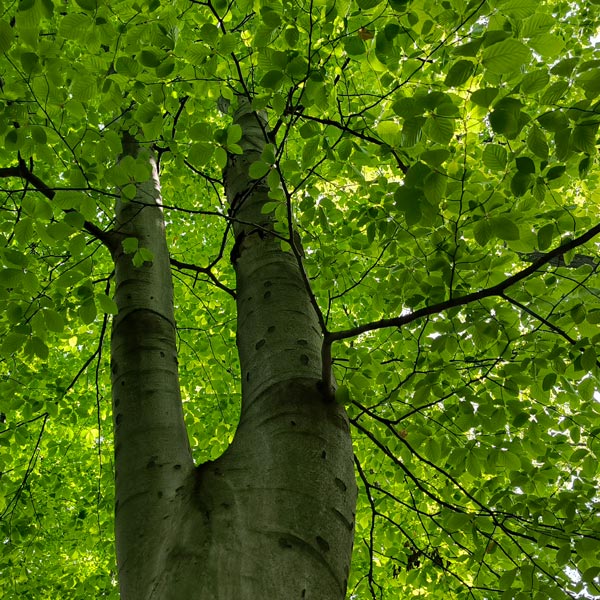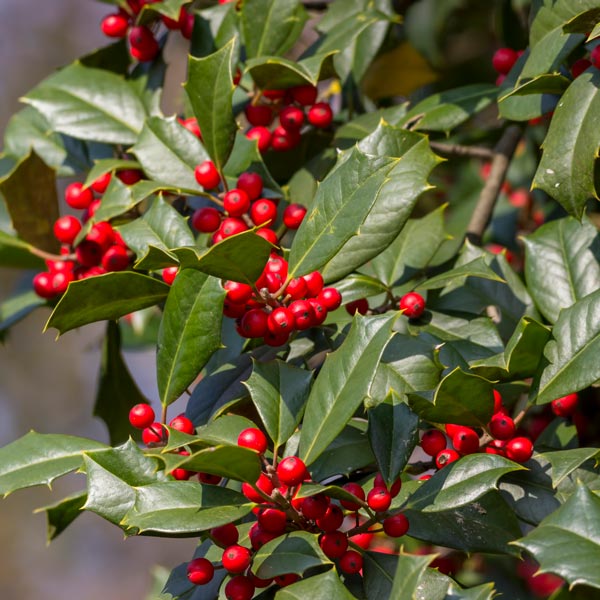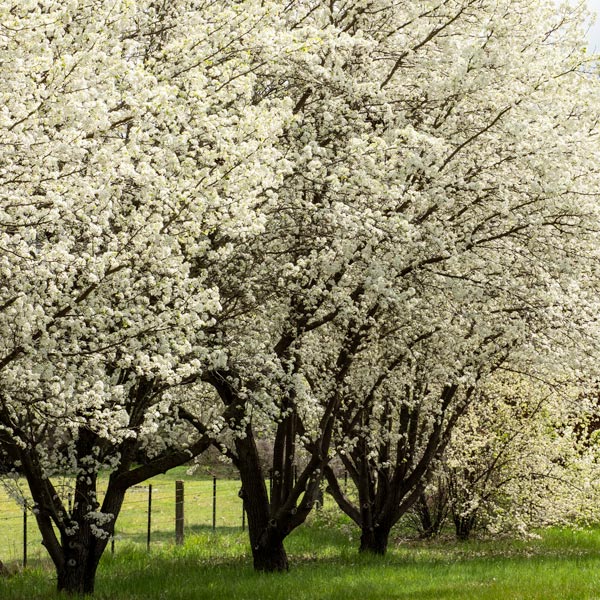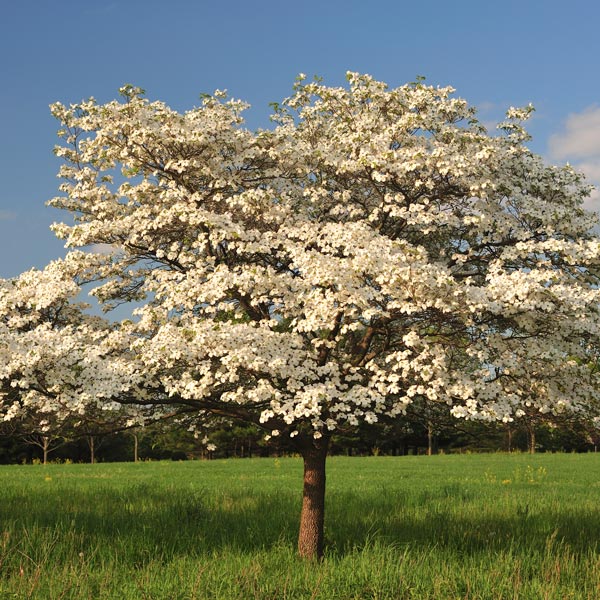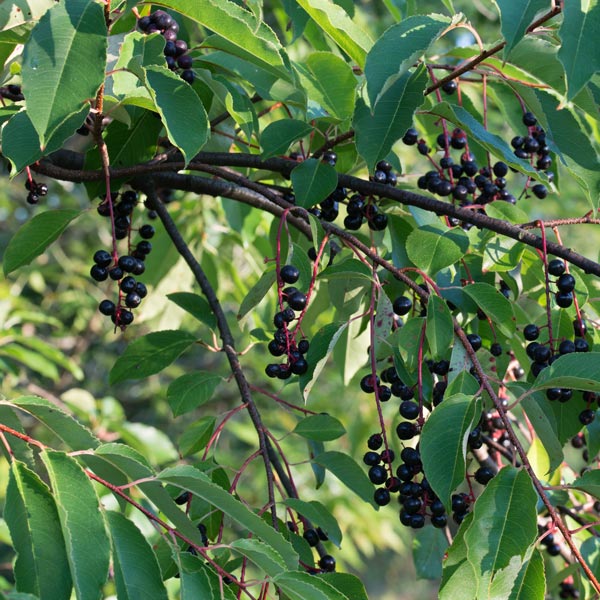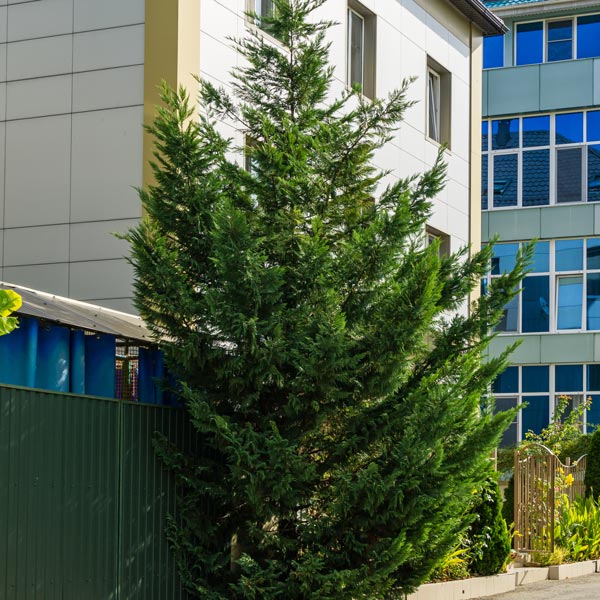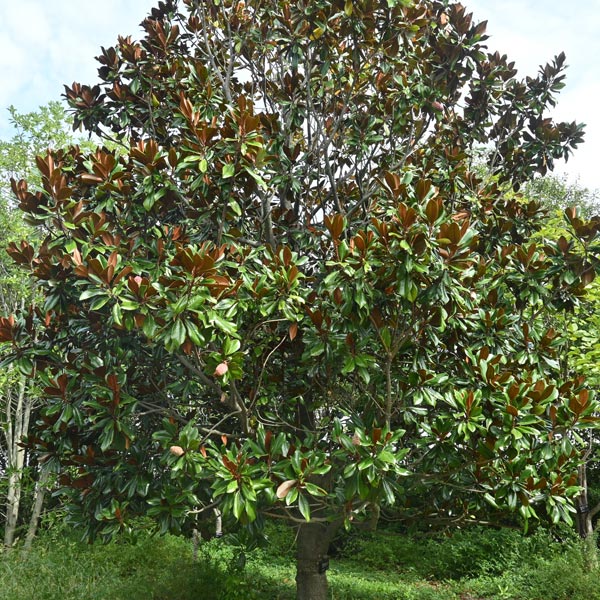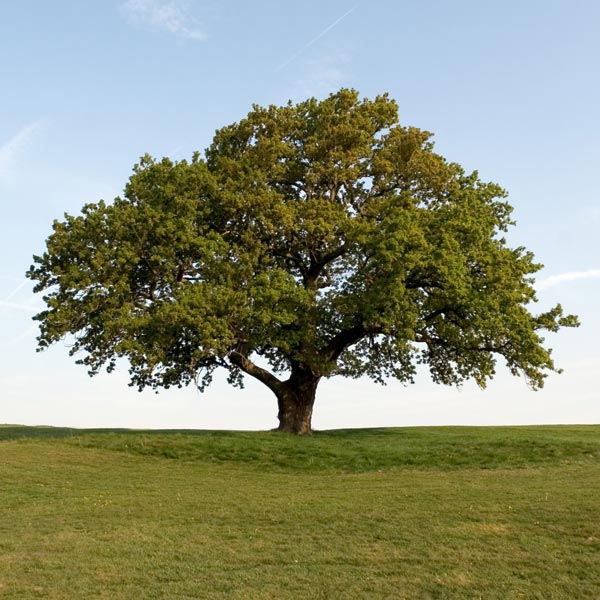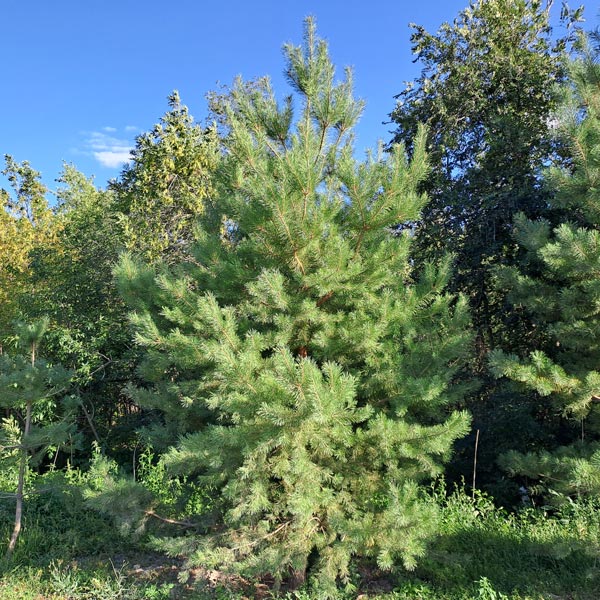Tree Storm Damage Prevention in Conley, GA; Trimming Dead Branches, Removing Hazardous Trees & More
Every year, wind and lightning claim thousands of shade and street trees. From this type of tree damage in Georgia, it is estimated the property value loss exceeds $10 million annually and this estimate does not include future liability financial hardships. There are 50 – 70 thunderstorm days per year in Georgia and each of these storms leaves extensive damage in its wake. The historic, rare, and specimen trees are no exception, even when you plan and design you landscape around these valuable and prized trees. These storms can result in major aesthetic, financial and social losses. To help grow awareness, we at Milam’s Tree Service would like to share some storm tree damage prevention tips.
Leaning Trees, Broken Trunk, & Other Types of Tree Storm Damage
The primary types of storm tree damage include blow-over, crown twist, stem failure, branch failure, root failure, and lightning. Each type of damage brings complex and interactive mixes of tree problems. Below is a little more information regarding the basic types of damage caused by storms.
Tree Blown Over by Wind
High winds physically pushes trees over. For the wood structure, the wind force on the aerial tree portions is too great. The wood architecture is generally weakened from past tree abuse, poor maintenance, pest problems, root rot and other diseases.
Tree Stem Failure
Wounds on trees do not heal. The wounds are sealed off by trees growing over old wounds. Every injury it has ever had is carried by the tree as a result. In comparison to solid wood, the structure is significantly weaker where these old injuries sites have recovered with new wood around the old injured wood. Under heavy wind loading and release, failure of the tree to adjust to wind conditions can lead to stem failure. The inertia of the moving crown may move too far in the opposite direction leading to stem damage and breakage should the mass of the crown moves too quickly when released.
Tree Crown Twist
Branches, supporting twigs and leaves make up the tree’s crown. They are never perfectly symmetrical. In fact, they are often lopsided due to poor maintenance and neglect. On major branches and the main stem, torque is produced as more wind is loading on one side of the crown than on another. Within the new wood, over time, the twisting effect can be biologically adjusted. The stem will split, or branches collapse due to the stem twisting that magnifies weaknesses around old injuries.
Damaged Tree Roots
Structural roots are woody and there are fine, absorbing roots are the two types of roots. Absorbing roots are weak, though they have a massive surface area. Though they have a smaller surface area, the structural roots are woody and strong. Both root types provide anchorage for the tree. When the roots become diseased, damaged by construction or if they are constrained, they can be easily pulled or snap, causing trees to lean or fall.
Branches Falling Off Tree
Poorly attached branches to the main stem can be due to a number of reasons. Branch collar is when a branch is stuck on the side of the stem each year by a small layer of stem wood. The structural arrangement of the woody material entering the stem and turning downward, allows the branch to be flexible and disposable. When the branch becomes a biological liability to the tree, the stem can shut off from the branch.
Branches unprepared and susceptible to tearing downward along the stem or snapping from the heavy loading periods, puts stress on the branch collar area and over the years the ice storms or downbursts cause the damage.
Tree Lightning Strike Damage
As a life-threatening situation, lightening damage will wither move along a wide pathway encompassing the entire tree cylinder or moves in a narrow line down the branches, stems and roots. From the electrical disruption and heat, the lightening directly destroys the tree tissue. Where the electrical current has moved through the tree manifests a steam explosion down the stem, in a wide or narrow band and the root damage can remain unseen.
How to Prevent Wind & Rain Storm Damage to Trees
You can prevent a lot of the storm damage from occurring. Start by staking down new trees to get use to the wind environment. Be sure they are tied down loosely, so they have room to bend and move with the wind, but tight enough the tree is offered support. Ensure you apply routine proper pruning and trimming according to the type of tree. Remove poorly grown branches, or branches that are damaged or sickly. Make certain the trees are properly watered and fertilized while avoiding over fertilization and overwatering. If the crowns become lopsided, be sure to have the crowns trimmed. Remove any pests or diseased branches, or if necessary, the whole tree before the infect neighboring trees. Monitor the tree’s growth and if necessary, offer assistance to proper growth. Avoid overcrowding trees.
Tree Trimming & Pruning Services & More in McDonough, Jackson, Jonesboro, Fayetteville, Hampton, Sunny Side GA | Fayette, Clayton & Henry Counties, Georgia
For assistance with your preventative tree storm damage efforts, contact Milam’s Tree Service and let our certified experts keep your trees healthy and ready to endure the severe winds and thunderstorms. Contact us today!

